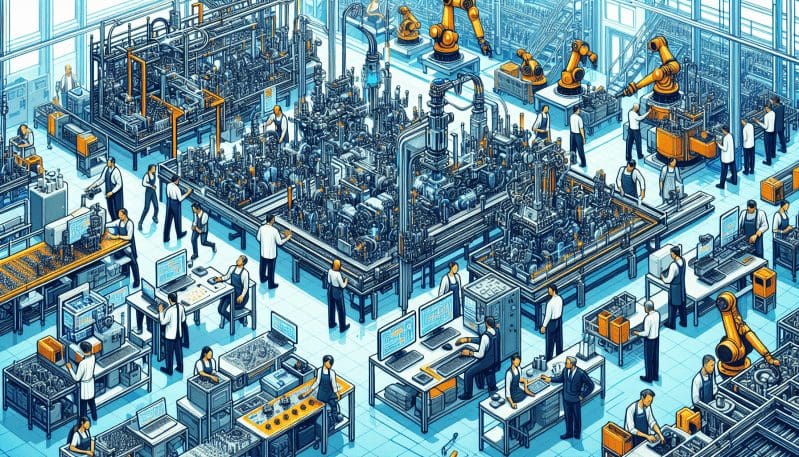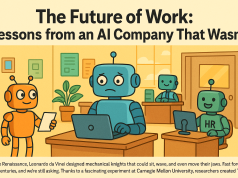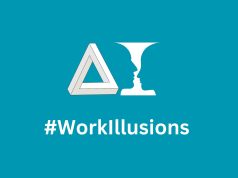As the representative voice of blue-collar workers, it’s essential to address the seismic shifts occurring in the work landscape. The blue-collar sector, a bedrock of New York’s bustling economy, is undergoing a transformation driven by technological advancements that are redefining the future of labor. With the rise of automation, artificial intelligence (AI), and machine learning, the way we understand manual labor is changing, necessitating a closer look at the impacts on worker training, safety, job availability, and the intrinsic value of human labor itself.
Automation has become a mainstay in industries such as manufacturing, construction, and transportation. Robots weld and assemble parts with precision, while AI-driven algorithms optimize supply chains. In New York, where the infrastructure is continuously growing, these changes have increased efficiency and created a safer working environment by reducing the potential for human error. However, it’s not without its consequences. As machines take over repetitive tasks, the demand for certain skill sets has decreased, raising concerns over job displacement.
Moreover, machine learning has carved its niche in the service sector, affecting blue-collar jobs that were once considered automation-proof. AI’s predictive capabilities are revolutionizing how maintenance is performed in New York’s vast transit system, allowing for more proactive service interventions. But again, this evolution begs the question: are we sidelining the human element that’s critical to nuanced, context-sensitive decisions?
The implications of these technological integrations are profound. Worker training programs need to pivot, focusing on digital literacy and complex problem-solving skills that complement advancing technologies. This shift is not just about staying relevant; it’s about safety. A workforce proficient in technology can better anticipate and mitigate the risks associated with advanced machinery.
While efficiency gains are a clear win, we must critique the potential devaluation of human labor. The visceral knowledge and experience of a seasoned worker can’t be encoded into an algorithm. As businesses pursue technological integration, it’s vital to maintain a balance by recognizing and nurturing the irreplaceable human skills that sustain industries.
To ensure a harmonious integration of technology in blue-collar workplaces, businesses need to adopt a human-centric approach. Such a strategy involves:
1. Partnering with educational institutions to revamp vocational training, emphasizing STEM skills alongside traditional trades.
2. Providing continuous learning opportunities for current employees to adapt to new technologies.
3. Creating collaborative work environments where humans and machines operate in a complementary fashion, rather than in competition.
4. Fostering a culture of innovation that encourages workers to engage with technology rather than fear its implications.
5. Investing in ergonomic and intuitive tech design that enhances the natural abilities of blue-collar workers rather than replacing them.
Taking these steps can not only enhance the productivity of businesses but also ensure the blue-collar workforce in New York thrives alongside technology. By valuing and developing the unique skills of our blue-collar workers, we can create a future where technology enhances human labor rather than diminishes it.




























